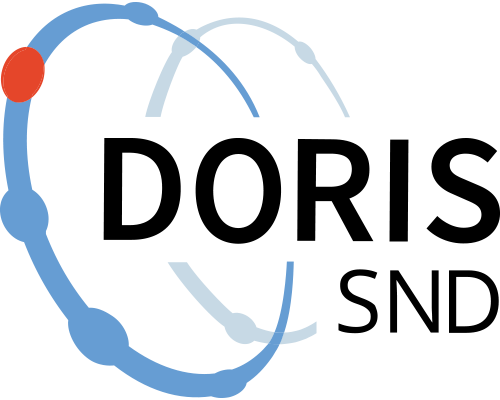Probing electronic decoherence with high-resolution attosecond photoelectron interferometry
https://doi.org/10.5878/mtfm-b338
We investigate the photoionization of helium atoms by attosecond pulse trains generated via high-order harmonic generation in neon gas. In the frequency domain these attosecond pulse trains correspond to a comb of odd harmonics. The wavelength of the infrared field used for high harmonic generation is chosen so that the 39th harmonic is resonant with the 2s2p resonance in helium situated at 60.147 eV. The attosecond pulse trains are overlapped spatially and temporally with a delayed infrared probe pulse with 10 nm bandwidth and a central wavelength of 800nm. Both pulses are focused on an effusive helium gas jet using a toroidal mirror. The resulting photoelectron spectrum is measured using a 2-meter long magnetic bottle electron spectrometer. The experiments consist in measuring the photoelectron spectrum as a function of the delay between the attosecond pulse train and the infrared probe pulse.
The photoelectron spectra exhibit small photoelectron peaks (sidebands) originating from the interference of two photon transitions. These peaks oscillate as a function of the delay between the attosecond pulse train and the infrared field at twice the angular frequency of the probe pulse. We extract the amplitude and phase of the sideband oscillations adjacent to the resonant harmonic. We observe a different amplitude and phase variation in the two sidebands that we interprete as signature of decoherence in the upper harmonic due to coupling to the 2p2 state.
The data is acquired using a 2m-long magnetic bottle electron spectrometer. An acceleration voltage of 2V is applied on the permanent magnet and the gas needle and a retarding potential of 34V is applied at the entrance of the flight tube. The design of the MBES is based on the following publication: J. H. Eland et al., Phys. Rev. Lett. 90, 053003 (2003).
The experiments consist in measuring time-of-flight spectra as a function of the delay between the attosecond pulse train and the IR probe field.
spectrogram.txt is a matrix (41x5001), where each row corresponds to the time of flight spectrum of the photoelectron for a given delay. The values in this matrix correspond to the number of electrons detected for a given delay (rows) and time-of-flight (columns).
delay.txt is a vector containing 41 entries corresponding the values of the delay in femtoseconds.
TOF.txt is a vector containing 5001 entries corresponding to the values of the electron time of flight in nanoseconds.
Data files
Data files
Documentation files
Documentation files
Citation and access
Citation and access
Data access level:
Creator/Principal investigator(s):
Research principal:
Data contains personal data:
No
Citation:
Language:
Method and outcome
Method and outcome
Administrative information
Administrative information
Topic and keywords
Topic and keywords
Publications
Publications
Metadata
Metadata
Version 1
